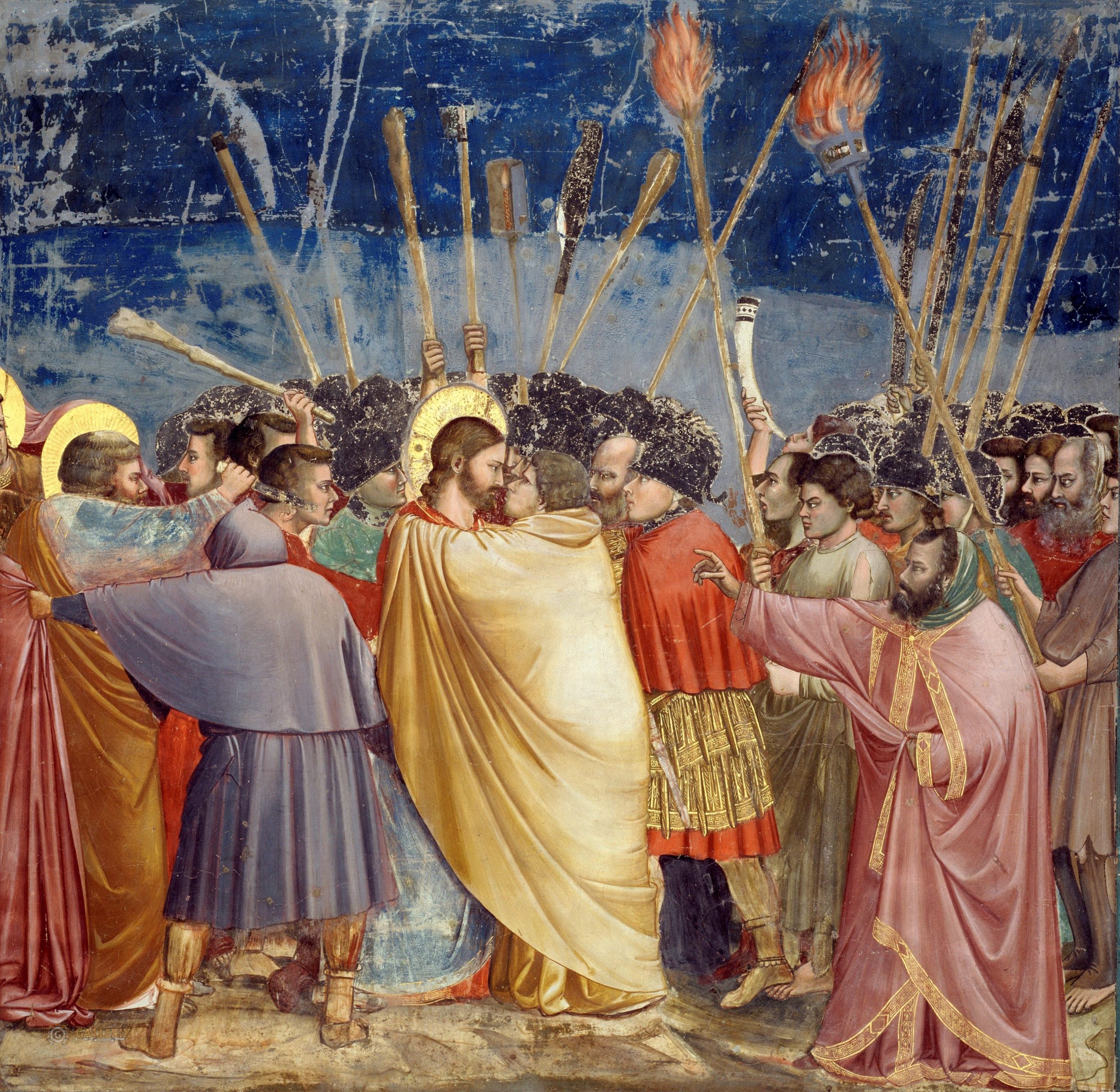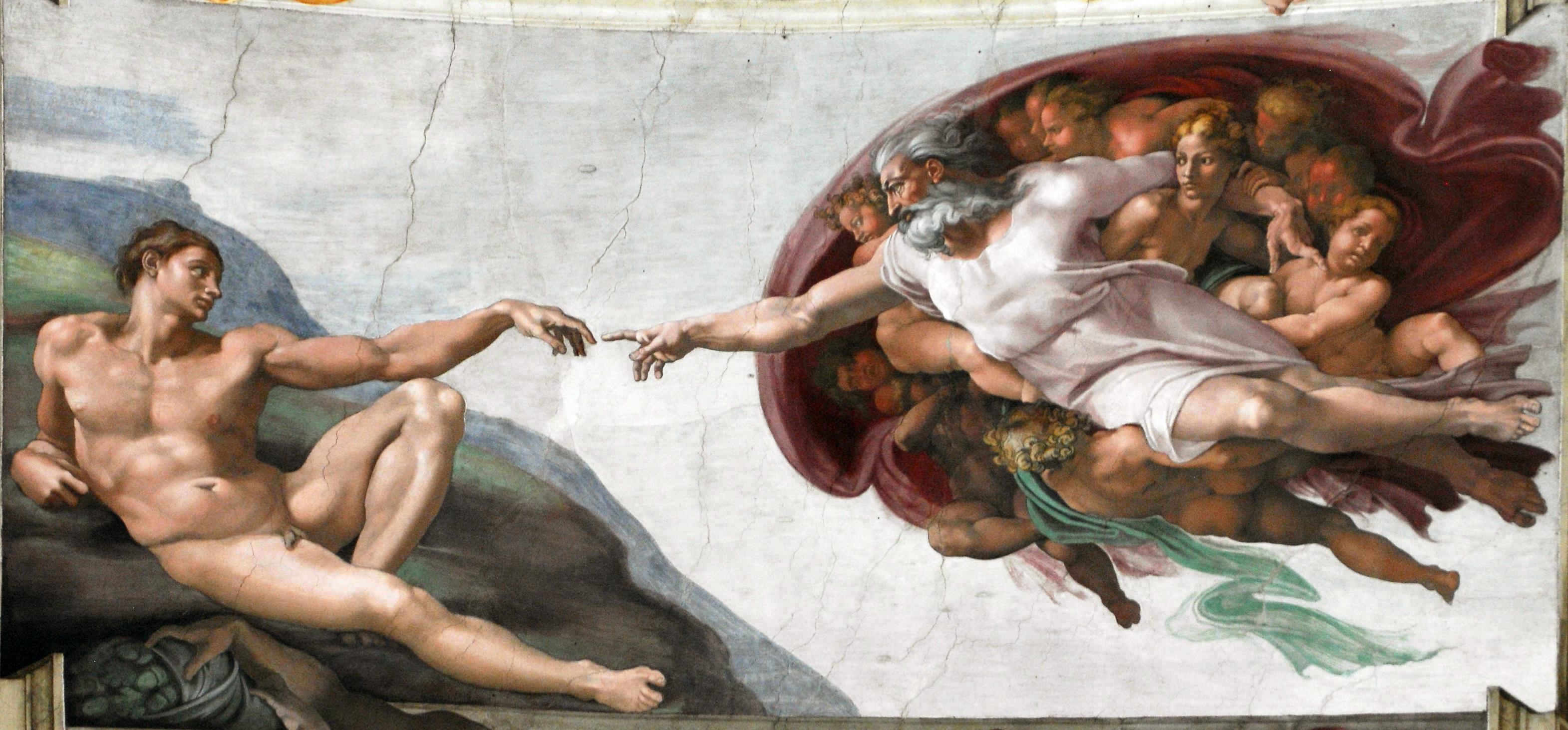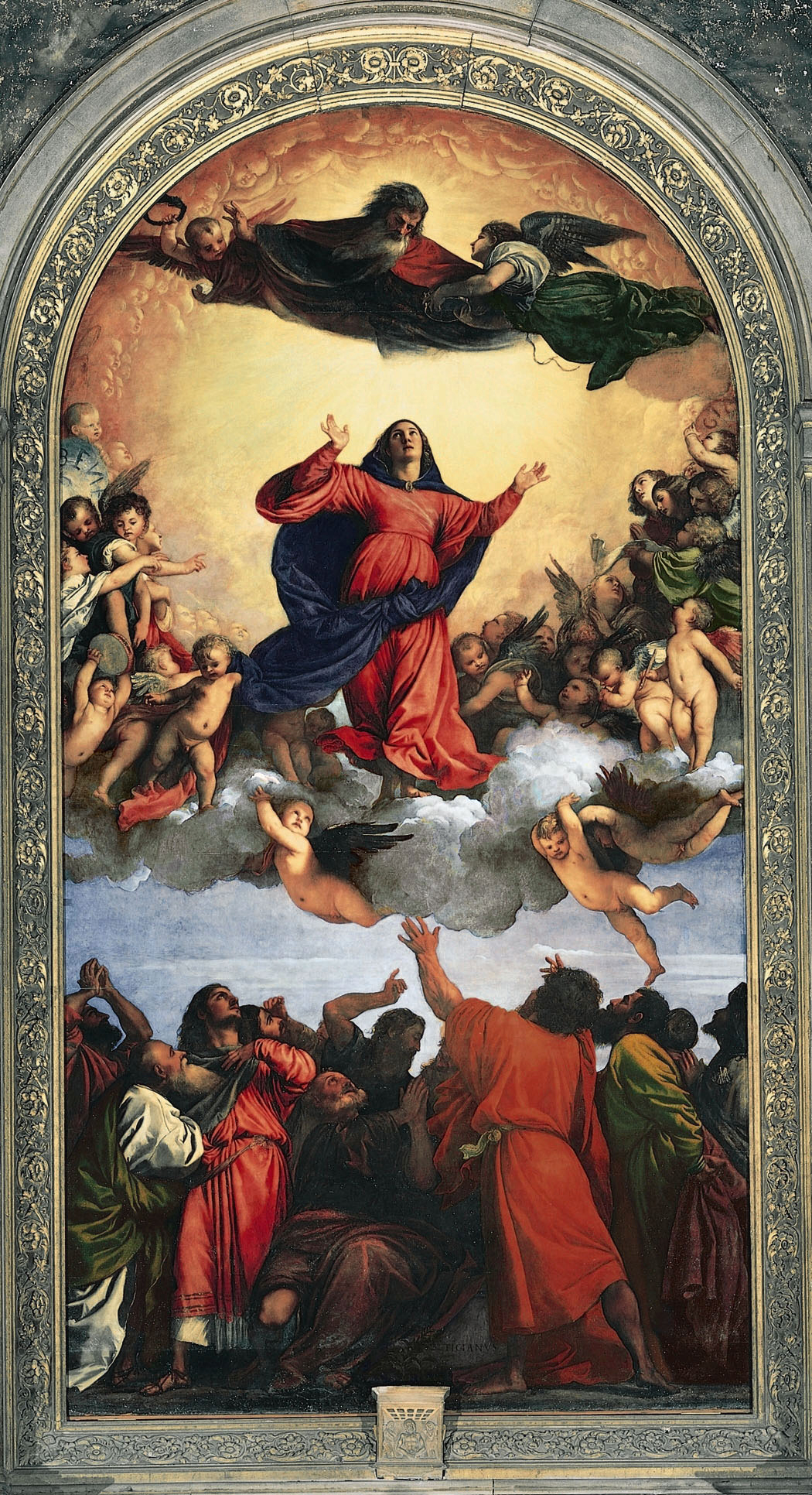Six great Italian masters
Oksana Kopenkina, art analyst, founder of the Arts Diary & Pad website
The Renaissance. Italy. XV-XVI centuries. Early capitalism. The country is ruled by rich bankers. They are interested in art and science.
The rich and powerful surround themselves with the talented and wise. Poets, philosophers, artists, and sculptors dialogize with their patrons every day. For a moment, it may seem that wise men really rule people, just as Plato wanted. The ancient Romans and Greeks weren’t forgotten either. They also built a society of free citizens, where a person was the key value (excluding slaves, of course).
The Renaissance is related to not just replicating the art of ancient civilizations. This is a combination. Mythology and Christianity. Realistic natures and soulful images. Physical and spiritual beauty.
Renaissance artists possess great knowledge. To leave such a legacy, they had to study a lot in the field of history, astrology, physics, and so on. Therefore, each of their images makes us think. What is it shown for? What kind of message is encrypted here?
They had almost never made mistakes, since they thought out their future works thoroughly, using all the accumulated knowledge. They were more than artists. They were philosophers. By means of painting, they explained the world to us. That is why they will always be of great interest to us.
The High Renaissance period lasted only about 30 years! From the 1490s to 1527. It was just a flash. Since the beginning of high noon of Leonardo’s works and up to the looting of Rome.
A mirage of the perfect world faded quickly. Italy turned out to be too fragile. Soon, it was enslaved by another dictator.
However, these 30 years set the main directions of European painting development for the next 500 years! Up to the impressionists’ movement. Realistic images. Anthropocentrism. Linear perspective. Oil paints. Portrait. Landscape…
It’s incredible, but during these 30 years several brilliant masters worked at the same time. At other times, one of them can be born in 1000 years. Leonardo, Michelangelo, Raphael, and Titian were the Renaissance titans. However, it is impossible miss two of their predecessors: Giotto and Masaccio, who made the Renaissance era possible.
Giotto (1267–1337)

The XIV century. The proto-Renaissance. Giotto is its main character. He is the master who revolutionized the art all alone. 200 years before the High Renaissance.
Without him, the era the mankind is so proud of wouldn’t have ever come.
Before Giotto, there were icons and frescoes. They followed the Byzantine canons. Fronts instead of faces. Flat bodies. No proportions. A golden background instead of a landscape.
And suddenly, frescoes by Giotto appear. With volumetric bodies. With noble people’s faces — old and young. Sad. Mournful. Surprised. Various.
The main Giotto’s creation is his frescoes cycle in Scrovegni Capella in Padua. Giotto had made something unprecedented. He translated the Bible stories into a simple, comprehensible language, which made them much more understandable to ordinary people. That is exactly what will be many of the Renaissance masters characterized for. Laconic images. Live emotions of the characters. Realism.
Giotto was admired. However, his innovations had no further develop. The international gothic became of fashion in Italy.
It would take 100 years for a worthy successor to Giotto to appear.
Masaccio (1401—1428).

The early XV century. The so-called Early Renaissance. Another innovator appears on the stage.
Masaccio was the first artist to use a linear perspective. It was developed by his friend, an architect Brunelleschi.
From now on, the depicted world looked like the real one. Toy architecture was now a thing of the past.
He adopted the Giotto’s realism. However, unlike his predecessor, he already knew anatomy very well. Instead of Giotto’s block-shaped characters, he depicted well-built people. Just like the ancient Greeks did.
Masaccio added expressiveness not only to characters, but to their bodies as well. Human emotions can already be read by their postures and gestures. For example, like Adam’s masculine despair and Eve’s feminine shame on his most famous fresco.
Masaccio lived a short life. He died suddenly, like his father, when he was 27. However, he had lots of disciples. The next generations of masters visited Brancacci Cappella to learn from his frescoes. Thus, Masaccio’s innovations were adopted by all the great artists of the High Renaissance.
Leonardo da Vinci (1452—1519)

Leonardo da Vinci is one of the Renaissance era titans. He was the one to raise the status of an artist. Thanks to him, representatives of this profession were no longer simple craftsmen. They became creators and intellectuals.
Primarily, Leonardo made a breakthrough in the portraiture genre. He believed that nothing should distract from the main image. The look shouldn’t wander from one detail to another. This is how his famous portraits appear. Laconic. Harmonious.
However, Leonardo’s main innovation is that he found a way to make the images look… alive. Before that, depicted characters looked like mannequins. The lines were clear. All the details were thoroughly painted. A colored drawing could not look alive.
Leonardo invented sfumato method. He shaded the lines. Made the transition from light to dark colors look extremely soft. His characters looked as if they were covered with a faint haze. The characters came to life.
Sfumato will be included in the active vocabulary of all the great artists of the future.
Michelangelo (1475–1564)

капелла. Ватикан
Michelangelo thought of himself as a sculptor. However, he was an undedicated master. Like his other colleagues during the Renaissance era.
Therefore, his pictorial heritage is no less great.
Primarily, he can be recognized by physically developed characters. He portrayed the perfect human, whose physical beauty meant spiritual beauty. That’s why all of his characters are so muscular and enduring. Even women and old men.
Quite often, Michelangelo depicted his characters naked. And only after that he covered their bodies with clothes. This made them look as muscular as possible.
He painted the ceiling of Sistine Capella alone. Even though it contains a few hundred of characters! He didn’t even allow anyone to rub the paint for him. Yes, he was unsociable. He had a harsh and quarrelsome character. But most of all he was unsatisfied with… himself.
Michelangelo lived a long life. He faced decay of the Renaissance. He considered it to be his personal tragedy. His later works are full of sorrow and grief.
In general, Michelangelo’s artistic journey is unique. His early works praise a human hero. Free and courageous. In keeping with the best traditions of ancient Greece. For example, his David. During his last years of life, he depicted tragic characters. He boasted stone intentionally roughly. As if we look at monuments dedicated to the fascism victims of the 20th century. How was it possible? One artist completed all the stages of art from the Renaissance era to the XX century during a single life. What was left for the next generations? To go their own way, keeping in mind that the standards have been set extremely high.
Raphael (1483—1520)

Raphael has never been in oblivion. His genius has always been recognized: during his life and after death.
His characters embody sensual, lyrical beauty. His Madonnas are believed to be the most beautiful female images ever created. The heroines’ external beauty reflects their spiritual beauty. Their mildness. Their sacrifice. Fyodor Dostoevsky said his famous words “Beauty will save the world” about Sistine Madonna. It was his favorite painting.
However, sensual images are not the only Raphael’ strong point. The compositions of his paintings were extremely well-thought-out. He was a matchless architect in painting. He always managed to find the simplest and most harmonious solution for organizing the space. It seems that there was no other way it could be.
Rafael lived only 37 years. He died suddenly of the cold he caught and the mistake the doctor made. But it’s hard to overestimate his legacy.
Many artists idolized this master. And multiplied his sensual images in thousands of their canvases.
Titian (1488—1576)

Titian was a matchless colorist. He experimented a lot with composition as well. In general, he was a daring innovator. Everyone loved him for such an outstanding talent. He was called “the king of painters and the painter of kings”.
When speaking of Titian, I feel like putting an exclamation mark after each sentence. After all, he was the one who brought dynamics to art. Pathos. Excitement. Bright and shining colors.
By the end of his life, he had developed an uncommon painting technique. With fast and thick strokes. He applied paint both with brush and fingers. This made his images even more alive and breathing and his plots – more dynamic and dramatic.
Doesn’t this remind you of anything? Of course, this is Rubens’ technique. And the technique of the XIX century artists: the Barbizon painters and impressionists.
Like Michelangelo, Titian will complete 500 years of art during one single life. That’s why he is a genius.




